The image of dinosaurs roaming prehistoric landscapes has captivated our imagination for generations. Traditionally depicted as ground-dwelling creatures, scientists have long debated whether certain dinosaur species possessed the ability to climb trees. Recent paleontological discoveries have begun to challenge conventional thinking, suggesting that arboreal capabilities might have been more widespread among dinosaurs than previously believed. New fossil evidence has emerged that provides compelling support for the theory that some dinosaurs could indeed climb trees, revolutionizing our understanding of dinosaur behavior and ecology. This groundbreaking research opens up fascinating possibilities about how these magnificent creatures interacted with their environments and utilized three-dimensional spaces in prehistoric forests.
The Surprising New Fossil Evidence
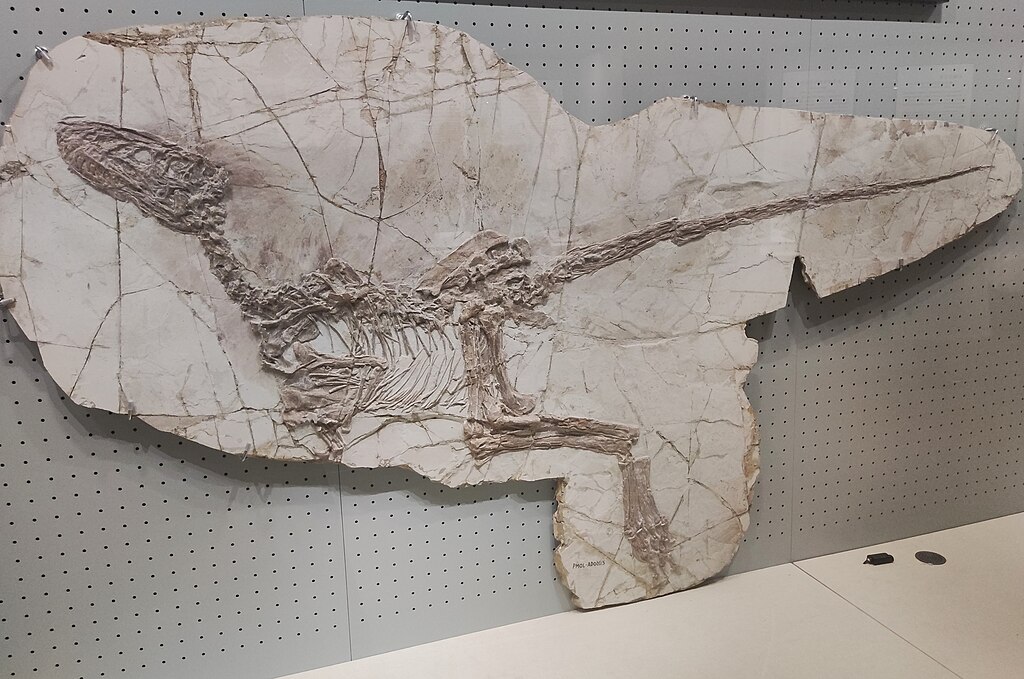
Paleontologists working in the Liaoning Province of China have recently unearthed remarkably well-preserved fossils of a small theropod dinosaur showing anatomical features specifically adapted for climbing. The specimen, estimated to be approximately 125 million years old, exhibits elongated forelimbs with curved claws and specialized wrist joints that would have facilitated gripping and maneuvering on tree trunks and branches. What makes this discovery particularly significant is the exceptional preservation of soft tissue impressions, revealing details of musculature around the limbs that further support climbing capabilities. The fossil was found in sedimentary layers associated with ancient forested environments, providing contextual evidence that aligns with the anatomical findings. This discovery represents one of the most compelling pieces of evidence to date supporting arboreal behavior in certain dinosaur species.
Anatomical Adaptations for Tree Climbing
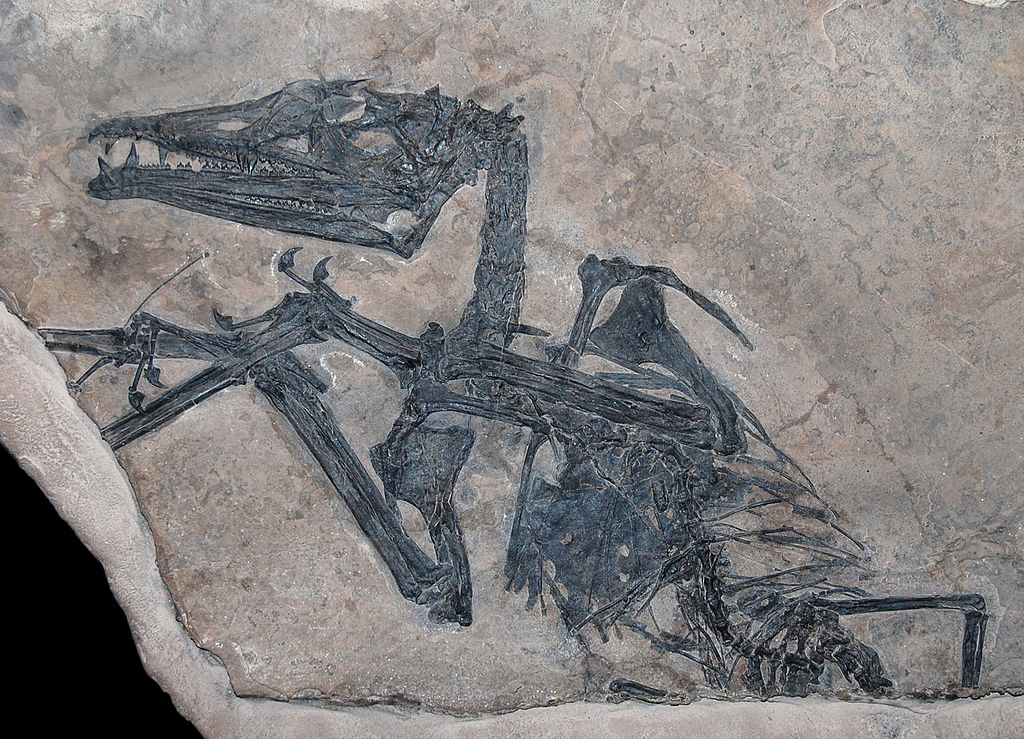
The newly discovered fossil exhibits several key anatomical features that strongly suggest tree-climbing abilities. Most notably, the specimen shows evidence of opposable digits on both fore and hind limbs, a feature commonly associated with arboreal animals that need to grasp branches securely. The fossil also reveals unusually flexible ankle joints that would have allowed for rotational movement essential for navigating branch systems. X-ray analysis has identified specialized bone density patterns in the limbs, indicating adaptations for the stresses associated with climbing rather than running. Additionally, the dinosaur possessed proportionally longer arms relative to similar ground-dwelling species, providing the reach necessary for moving from branch to branch. These combined adaptations present a compelling case for a creature that spent significant time in trees, challenging the traditional view of dinosaurs as predominantly terrestrial animals.
Revisiting Previously Known Species

In light of these discoveries, paleontologists are reexamining fossils of previously known dinosaur species with a fresh perspective. Several smaller theropods and dromaeosaurids, once considered exclusively ground-dwelling, are now being scrutinized for potential climbing adaptations that may have been overlooked. The well-known Microraptor, with its four-winged configuration, has long been suspected of arboreal capabilities, but now researchers are finding similar, if less pronounced, adaptations in related species like Velociraptor and certain troodontids. Sophisticated biomechanical modeling techniques are being applied to existing fossil collections, revealing that some species possessed sufficient joint mobility and limb strength for at least occasional tree climbing. This reevaluation of the fossil record suggests that arboreal behavior may have been more common throughout dinosaur evolutionary history than previously recognized, particularly among smaller, more agile species with predatory lifestyles.
The Ecological Implications
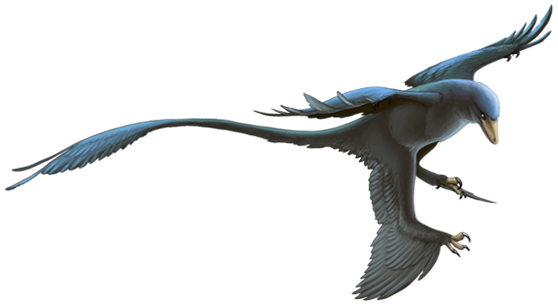
The confirmation that some dinosaurs could climb trees dramatically alters our understanding of prehistoric forest ecosystems. These findings suggest the existence of complex three-dimensional ecological niches within Mesozoic forests, with different dinosaur species potentially specializing in ground-level, understory, and canopy habitats. Such vertical partitioning would have allowed for greater biodiversity and more efficient resource utilization within these ancient environments. The ability to climb trees would have provided certain dinosaur species with access to different food sources, including fruits, leaves, insects, and tree-dwelling prey that would have been inaccessible to ground-dwelling competitors. Additionally, trees could have served as refuges from larger predators, nesting sites safe from ground threats, and vantage points for hunting or territorial surveillance. This new dimension of dinosaur ecology paints a picture of prehistoric forests as much more dynamic and complex ecosystems than previously imagined.
Compared to Modern Animal Climbers
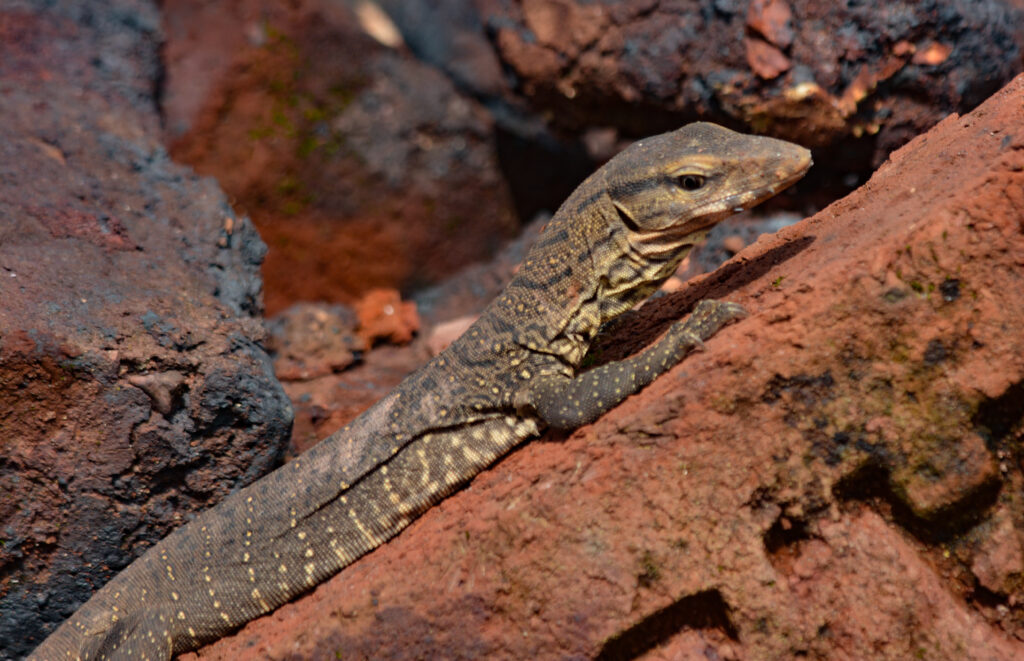
To better understand the tree-climbing capabilities of these dinosaurs, scientists are drawing parallels with modern animals that demonstrate arboreal adaptations. The climbing mechanics observed in contemporary monitor lizards provide particularly useful comparisons, as these reptiles share some anatomical similarities with the theropod dinosaurs now believed to have climbed trees. Just as modern bears can climb despite their size, certain medium-sized dinosaurs may have possessed the necessary strength and adaptations to navigate tree trunks and larger branches. Interestingly, the climbing techniques used by modern birds, which are direct descendants of theropod dinosaurs, may reflect the evolutionary continuity of arboreal adaptations through time. Through these comparative studies, researchers are developing more accurate models of how dinosaurs might have moved through arboreal environments, including their climbing techniques, weight distribution strategies, and the types of trees they could have reasonably navigated.
The Evolution of Climbing Abilities

The new evidence suggests that climbing abilities likely evolved multiple times across different dinosaur lineages, representing a case of convergent evolution in response to similar ecological pressures. Phylogenetic analysis indicates that arboreal adaptations emerged independently in several theropod groups, particularly among those that were precursors to birds. These climbing adaptations appear to have developed gradually, with early forms showing rudimentary capabilities that became more specialized over millions of years. The evolutionary trajectory from ground-dwelling to tree-climbing dinosaurs may have been driven by competition for resources, predator avoidance, or exploitation of new food sources in the canopy. This repeated evolution of climbing abilities across the dinosaur family tree demonstrates the remarkable adaptability of these animals and their capacity to fill diverse ecological niches. The culmination of this evolutionary trend can be seen in the emergence of birds, which perfected arboreal living through the development of flight from what may have begun as adaptations for tree climbing.
Challenging Long-held Assumptions

The discovery that certain dinosaurs could climb trees challenges several long-held assumptions in paleontology about dinosaur behavior and physiology. For decades, scientists believed that most dinosaurs were too large and heavy to navigate arboreal environments effectively, with body plans not conducive to climbing. The new evidence compels researchers to reconsider size estimates and weight distribution in certain species, suggesting that some may have been lighter and more agile than previously thought. This finding also challenges assumptions about dinosaur metabolic rates, as climbing requires significant energy expenditure, typically associated with more active metabolisms. Traditional interpretations of dinosaur trackways and other trace fossils have focused almost exclusively on ground-level activities, potentially missing evidence of arboreal behavior that wouldn’t be preserved in the same way. These revelations remind us that our understanding of extinct species is constantly evolving as new evidence emerges and analytical techniques improve.
Implications for Understanding Bird Evolution
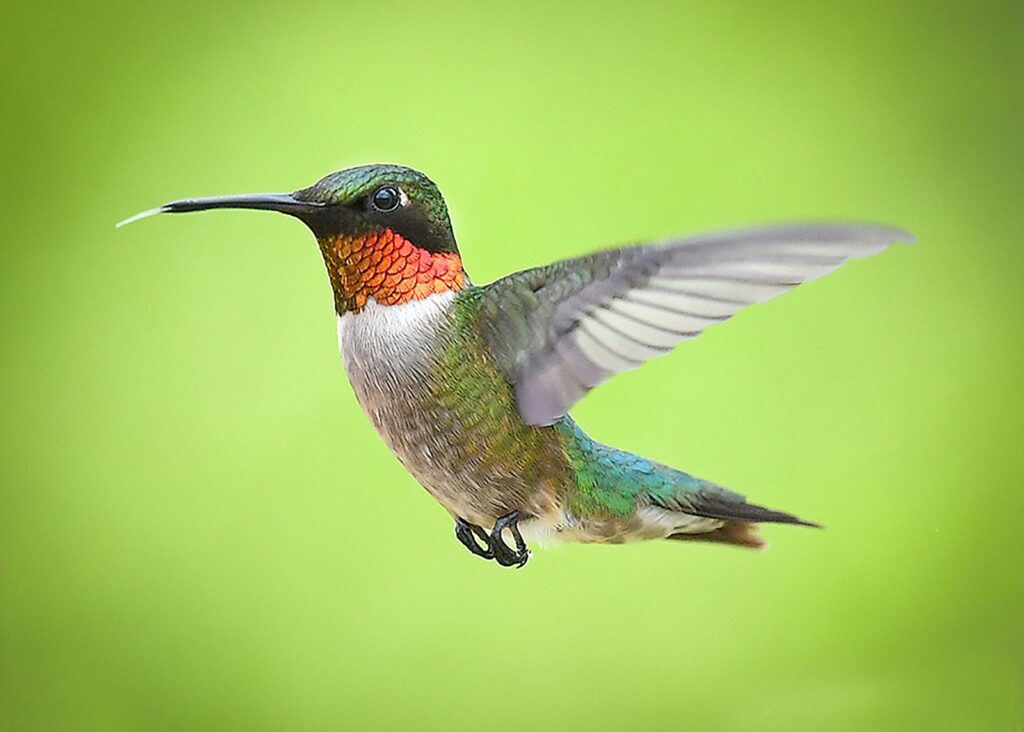
The confirmation of tree-climbing abilities in certain dinosaur species has profound implications for understanding the evolutionary pathway from dinosaurs to birds. The arboreal hypothesis for bird evolution suggests that flight may have evolved initially as an adaptation for moving between trees or gliding from higher to lower positions. The newly discovered climbing adaptations in non-avian theropods provide critical missing links in this evolutionary narrative, demonstrating how the anatomical foundations for flight may have first developed in a tree-climbing context. Features once thought to have evolved specifically for flight, such as feathers and hollow bones, may have initially provided advantages for climbing, insulation, or display while in trees. This evidence strengthens the connection between theropod dinosaurs and modern birds, illustrating a more complete picture of the incremental adaptations that eventually led to powered flight. The findings suggest that arboreality may have been a crucial transitional stage in the evolution of birds from their dinosaur ancestors.
Advanced Imaging Technologies Revealing New Details

The breakthrough discoveries about dinosaur climbing abilities have been made possible by remarkable advances in paleontological imaging technologies. Researchers are now employing micro-CT scanning to examine internal bone structures at unprecedented resolution, revealing density patterns and growth features that indicate specific locomotive adaptations. Synchrotron radiation analysis has allowed scientists to detect trace elements in fossilized muscle attachment sites, providing insights into muscle strength and arrangement that would have facilitated climbing behaviors. Laser-stimulated fluorescence techniques have revealed previously invisible soft tissue impressions, including pads on extremities that would have improved grip on irregular surfaces like tree bark. These cutting-edge technologies are allowing paleontologists to extract significantly more information from fossils than was possible even a decade ago, effectively reading the biomechanical capabilities of extinct animals from their remains. As these technologies continue to develop, we can expect even more revelations about dinosaur locomotion and behavior in the coming years.
Possible Climbing Behaviors and Techniques
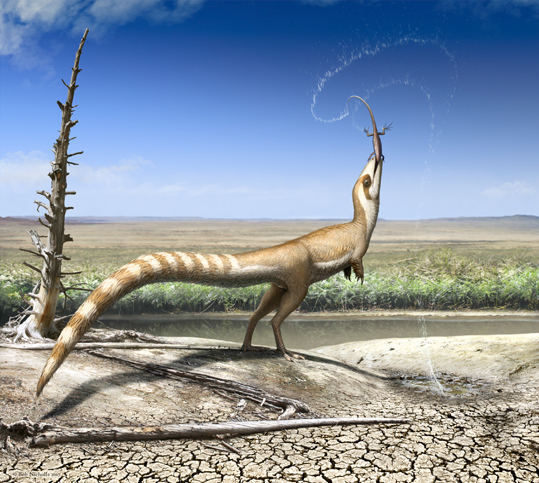
Based on the new fossil evidence and comparative studies with modern animals, scientists are developing theories about how dinosaurs might have climbed trees. Smaller theropods likely employed a “hugging” technique similar to that used by modern squirrels, using their curved claws to grip bark while pressing their bodies close to the trunk for stability. Medium-sized climbing dinosaurs may have used a more deliberate “alternate limb” approach, similar to bears or certain lizards, advancing one limb at a time while maintaining three points of contact with the tree. The arrangement of claws suggests some species might have climbed primarily head-first, while others could have descended tail-first, offering flexibility in their arboreal movements. Biomechanical models indicate these dinosaurs likely preferred trees with rough bark and substantial branch structures that could support their weight and provide multiple grip points. The climbing techniques would have varied based on the specific anatomical adaptations of each species, with some potentially specialized for rapid climbing to escape predators and others adapted for more deliberate movements while foraging.
Geographic Distribution of Tree-Climbing Dinosaurs
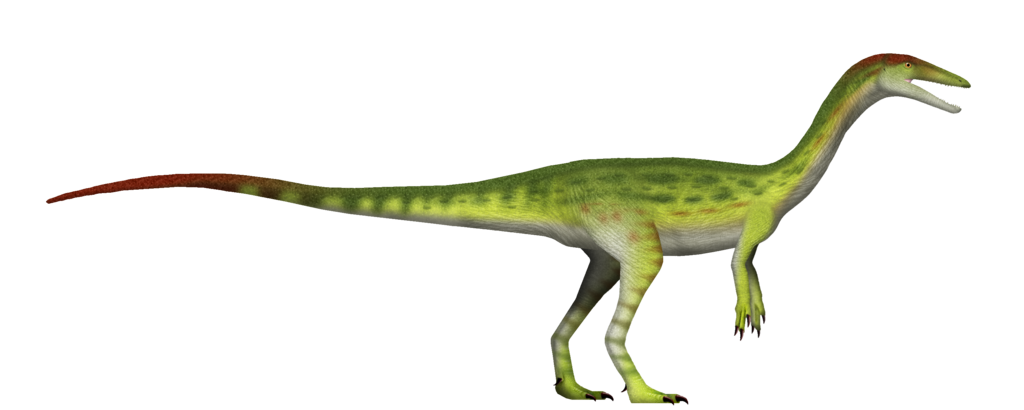
The fossil evidence for tree-climbing dinosaurs shows interesting geographic patterns that correlate with ancient forest distributions. The most compelling specimens have been discovered in what were once densely forested regions during the Jurassic and Cretaceous periods, particularly in parts of modern-day China, Mongolia, and the western United States. Notably, these arboreal adaptations appear more prevalent in fossils from higher paleolatitudes, where seasonal changes would have created more complex forest structures with diverse ecological niches. The geographic distribution suggests that climbing abilities may have evolved most prominently in regions where forests provided abundant resources and protection from large ground-dwelling predators. Interestingly, island ecosystems of the Mesozoic show higher proportions of potentially arboreal dinosaur species, suggesting that limited land area may have driven more vertical habitat utilization. These geographic patterns provide additional contextual support for the arboreal dinosaur hypothesis and help explain why these adaptations may have evolved more prominently in certain regions.
Future Research Directions

The discovery that some dinosaurs could climb trees opens numerous avenues for future research in paleontology. Scientists are now developing more sophisticated biomechanical models to test the climbing capabilities of various dinosaur species based on their anatomical features and estimated body masses. Field researchers are revisiting fossil-rich formations with new search parameters, looking specifically for specimens preserved in contexts that might indicate arboreal habitats or behaviors. Comparative studies with modern climbing animals are being expanded to include a wider range of species and techniques, creating more comprehensive frameworks for understanding prehistoric climbing adaptations. Additionally, researchers are developing new methods to identify potential climbing marks on fossilized tree remains, which could provide direct evidence of dinosaur arboreal activity. The integration of paleobotany with dinosaur studies is also gaining importance, as understanding the structure and distribution of Mesozoic forests is crucial for contextualizing dinosaur climbing behaviors. These multidisciplinary approaches promise to yield even more insights into the three-dimensional world of dinosaurs in the coming years.
Conclusion: Reimagining Dinosaur Worlds

The compelling evidence that certain dinosaurs possessed tree-climbing abilities fundamentally transforms our understanding of these magnificent creatures and the ecosystems they inhabited. Far from the exclusively ground-dwelling giants often depicted in popular culture, dinosaurs occupied a more diverse range of ecological niches, including the complex three-dimensional environments of prehistoric forests. This discovery invites us to reimagine Mesozoic landscapes as vibrant ecosystems where different dinosaur species utilized various forest levels, from ground to canopy. The findings also highlight the remarkable adaptability of dinosaurs throughout their evolutionary history, showcasing their capacity to evolve specialized features for exploiting diverse habitats. As paleontological methods continue to advance, we can expect further refinements to our understanding of dinosaur behavior, physiology, and ecology. The revelation of tree-climbing dinosaurs serves as a powerful reminder that even after centuries of study, these ancient creatures can still surprise us, compelling us to reconsider what we thought we knew about life in the age of dinosaurs.




